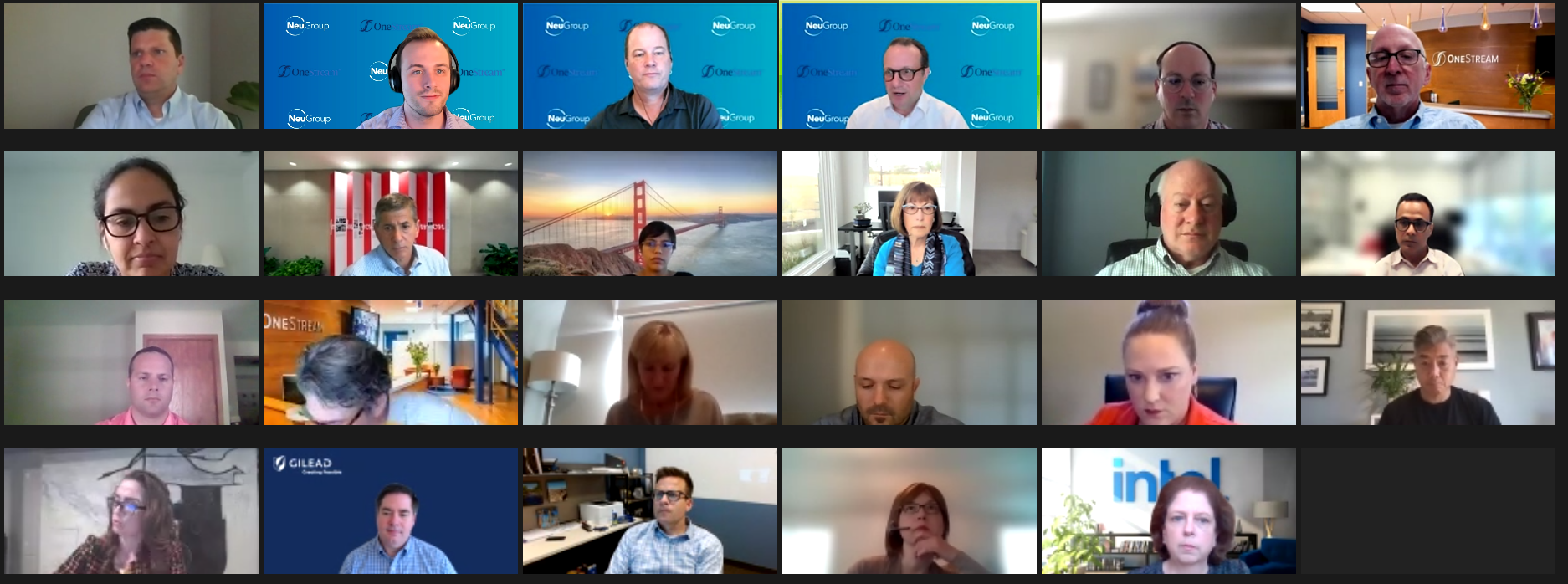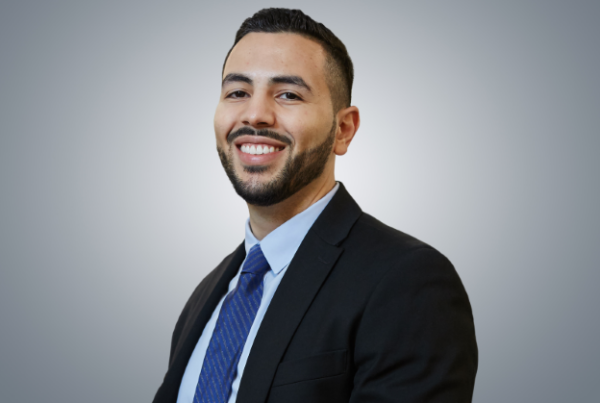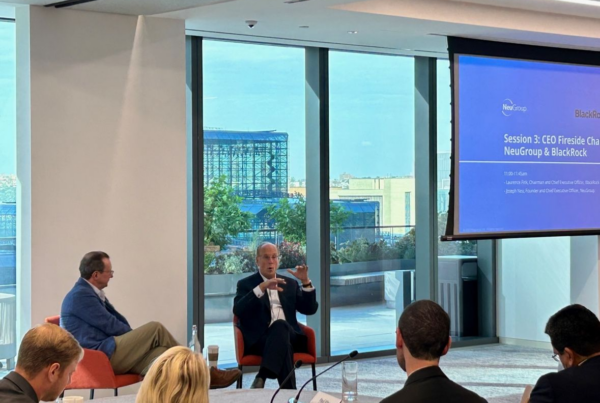
Well over a year into virtual meetings, our peer group leaders share the knowledge they’ve gained along the way.
In the last 18 months, NeuGroup has evolved from a company that only facilitates semiannual, in-person meetings to a network for corporate treasury and finance professionals to regularly connect, share and learn, online as well as (hopefully soon) in-person.
- Earlier this year, we looked back at how NeuGroup’s events planning staff expertly pivoted to virtual meetings. Now, Peer Group Leaders Anne Friberg, Scott Flieger, Julie Zawacki-Lucci, Ted Howard and Andy Podolsky share their side on the challenges of the transition, and tips for others to facilitate positive, engaging virtual meetings.
- NeuGroup is so grateful for our incredible team and its ability to think on its feet over the last year and a half, as well as the members that continue making these meetings possible.
What was one of the more difficult obstacles to overcome about the virtual transition?
Julie Zawacki-Lucci: “Virtual meeting participants being reluctant to put themselves on video! Granted, there was a period of the quarantine when we all desperately needed salons/barbers to reopen, but that aside, the best meetings have included active video participation.
- “As a moderator, in-person and online, I rely constantly on ‘reading the room,’ and engage members/sponsors appropriately.
- “I typically observe facial expressions for pending questions, comments as well as an indication of how well a session is going and if I need to amplify the energy somehow. Without full video participation, this can be more challenging.”
Scott Flieger: “Not having the ability to have short, spontaneous and informal conversations with colleagues.”
Andy Podolsky: “Getting people to turn on and engage as opposed to being passive listeners. One of the things NeuGroup members seem to value the most is building trusting relationships with each other, which leads to more open discussions that don’t happen elsewhere.
- “In-person interaction is something we have all done our entire lives – you can’t help but make friends from time to time and make a connection. It’s been much harder virtually.”
Anne Friberg: “The meetings being shorter due to the circumstances. The initial feeling was it’s going to be an awful long time to be on camera, and because if we’re meeting at 9 a.m., the west coast would start at 6 a.m.. So the length of some meetings had to be shortened.”
- “The other thing is, as a peer group, you can’t always see what everybody’s doing, it can be hard to read the room.”
What’s one thing you wish you could have told yourself to help you be better prepared?
Julie Zawacki-Lucci: “Virtual me: Don’t wait to buy a Peloton. Virtual work: don’t try to fit square pegs into round holes, the virtual transition requires new ways of looking at and doing things!”
Scott Flieger: “Better understand how to use (and not overuse) technology with members.”
Ted Howard: “Don’t worry, members will be receptive (it turns out very receptive) to meet via Zoom.”
Anne Friberg: “Don’t just save the fun stuff for the end of the day. When you’re in an ‘in real life’ session, you get feel of working mode first, then fun mode later. But it doesn’t work that way online.”
- “Break it up with breakouts and get people into sidebars. We’re better and more mindful with that now.
- “Now, people are used to virtual meetings, so you can trust the members at the meetings—they’re there for a reason. You have to give some leeway and not just be nervous that there’s going to be dead air.”
What advice do you have for a meeting facilitator dealing with dead air?
Julie Zawacki-Lucci: “Know your participants so you can tap someone who you know has experience (good or bad) with the topic on hand.”
Ted Howard: “Follow the Boy Scout motto: be prepared… and also have questions for the group or particular members (usually one who you can depend on for an answer, etc.).”
Andy Podolsky: “It’s often helpful to have key ‘plants’ in the crowd that know they are going to be asked. Few decline.
- “It’s also helpful to be structured in your agendas but also leave room for improvisation. I try to have in-session polls ready with key questions, and also prepare enough that I have a full list of open-ended questions on the topic that I know members will engage with.
- “At the end of the day, it’s on us as facilitators to know our audience and make sure we are hitting on the topics they want talk about. You can’t just lock on a topic and bulldoze through if it’s not resonating.”
Anne Friberg: “To prevent dead air in the first place, plan out the agenda so it feels less like a consecutive series of the same things. Have something that makes each session feel a little different.
- “Have different speakers, or have different formats of the sessions, so some are some broader overviews, and some are condensed conversation, and when they’re longer sessions they include breakouts.”


